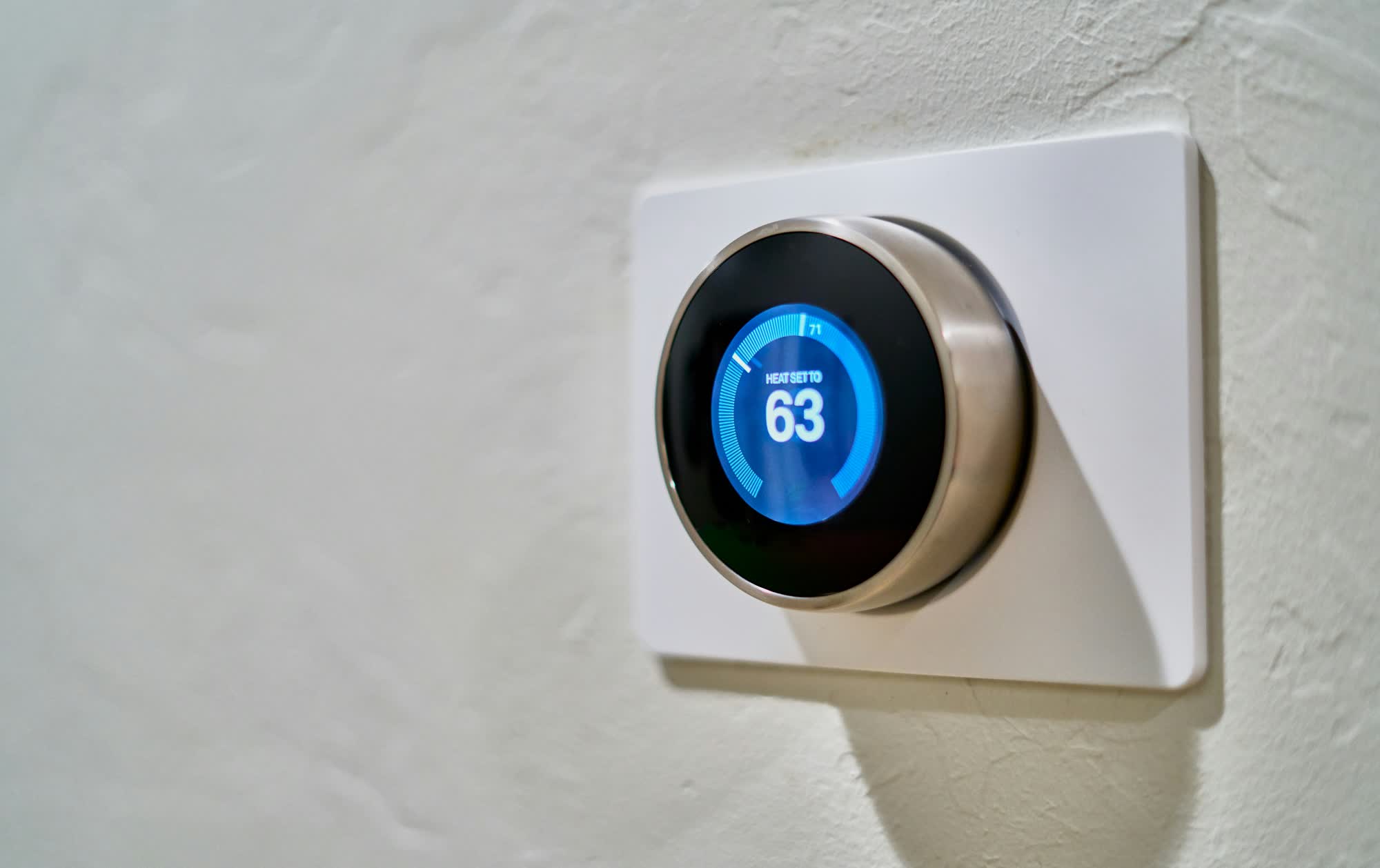Google announced the end of support for early Nest Thermostats in a support document earlier this year that largely flew under the radar. As of October 25, first and second generation units released in 2011 and 2012, respectively, will be unpaired and removed from the Google Nest or Google Home app.
Users will no longer be able to control their thermostats remotely via their smartphone, receive notifications, or change settings from a mobile device. End-of-support also disables third-party assistants and other cloud-based features including multi-device Eco mode and Nest Protect connectivity.



Those things should be zwave or matter or something sensible, not WiFi anyway.
Why? It’s plugged into mains, you don’t need to save 5 watts.
It’s mostly network segregation and decluttering. Those things shouldn’t be on a data network where you then have to filter them all off from the rest. A dedicated network that’s designed for this kind of thing makes much more sense. Also Watts add up. One of them maybe just 5 (which seems a bit high), but when you’ve got sensors, lights, switches, etc., it can end up being significant.
If you’re talking about a commercial building or something, sure. I get the concept I suppose it just seems like it’s probably optimizing 2025 hardware against 2005 constraints when we’re talking about a single household. I’m unlikely to automate any part of my home in the near future but if I ever did I’d definitely want to look for some data (like, “gaming latency increases 20% with 10 smart devices”).
If you just have that one gadget, I agree it makes little to no difference.
It’s more about having fewer devices on Wi-Fi network IMO.
Until Wi-Fi 5, only one device could talk on Wi-Fi at a time, and even with 5+ the number of devices is limited by a ton of factors, so the more devices you have chattering the slower everything gets as devices wait their turn to speak, have collisions, time out, try to speak again, etc.
You can mitigate this through several different methods, but removing randomly transmitting devices will always be a benefit.
Zwave, zigby, all of those all operate in a different band so it’s better for your internet connection to wireless devices if you can offload stuff into those ranges.
Fair enough, just seems like sticking with the more standard tech has its own advantages but if you’ve got a lot of devices in the net I could see the value